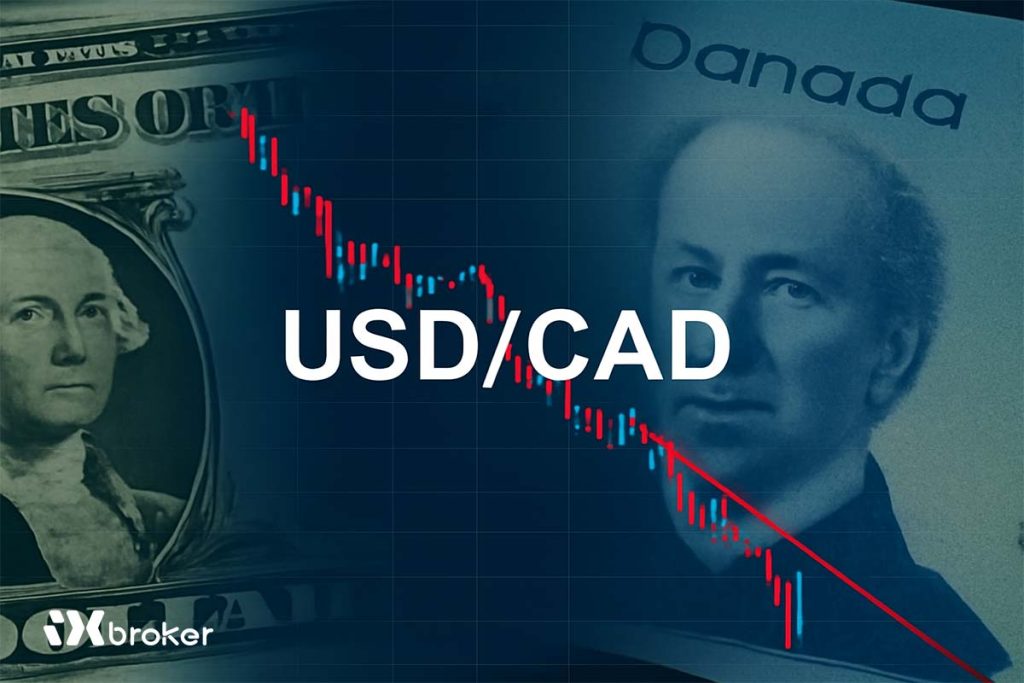Ethereum (ETH) slipped 1% on Tuesday after failing to break above the resistance of a descending trendline. The decline followed a strong rebound in institutional demand, with US spot ETH exchange-traded funds (ETFs) recording $547 million in inflows on Monday, ending a five-day streak of outflows.
Ethereum ETFs return to inflows, but futures market stays cautious
According to SoSoValue, US spot Ethereum ETFs registered net inflows of $546.96 million on Monday, their largest single-day inflow since August 14. For the first time since their July 2024 launch, all nine ETF products posted inflows simultaneously. Fidelity’s Ethereum Fund (FETH) led with $202.18 million, followed by BlackRock’s iShares Ethereum Trust (ETHA) with $154.20 million.
The renewed institutional interest comes after ETH briefly recovered from last week’s drop below $4,000, which had triggered five consecutive sessions of ETF outflows totaling $795.56 million. Alongside ETF demand, exchange data also showed rising confidence. CryptoQuant reported net outflows of 117,900 ETH from centralized exchanges on Tuesday, suggesting that investors are moving tokens off exchanges, a sign of stronger holding sentiment in the spot market.
However, the futures market tells a different story. Data from Coinglass shows Ethereum’s open interest has remained weak since September 26, signaling traders’ reluctance to re-enter with leveraged positions after last week’s liquidations. The hesitation coincides with broader risk-off sentiment in markets as fears of a potential US government shutdown weigh on investor confidence.
Ethereum price prediction: ETH struggles at trendline resistance
Ethereum recorded $80.3 million in liquidations over the past 24 hours, including $40.7 million in long positions. The latest rejection occurred at the descending trendline resistance dating back to September 13, halting ETH’s weekend rebound. The asset is now retesting $4,100 — a level where bears applied pressure multiple times in 2024.
If ETH fails to hold above $4,100, the 100-day Simple Moving Average (SMA) could act as the next support. A decisive break below the 100-day SMA may open the door to further losses toward $3,470. On the other hand, a breakout above the descending trendline would strengthen bullish momentum, paving the way for a potential rally to $4,500.
Technical indicators remain bearish. Both the Relative Strength Index (RSI) and Stochastic Oscillator (Stoch) have turned lower after rejecting near their neutral midlines, signaling renewed downward pressure in the short term.



